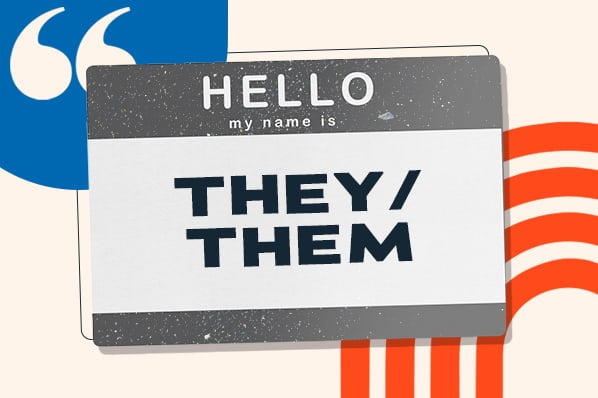Title: Navigating Gender-Neutral Pronouns for Inclusive Communication
Introduction:
In recent years, the global push for inclusivity has marked a shift in our understanding of language’s role in respecting individual identities. It is imperative to move away from labeling individuals and embrace the right of everyone to self-identify with pronouns that affirm their identity. This comprehensive guide aims to shed light on gender-neutral pronouns and how to navigate their usage effectively.
Table of Contents:
1. **Gender-Neutral Pronouns List:**
– She/her/hers
– He/him/his
– They/them/theirs
– Ze/hir/hirs
– Xe/xem/xyrs
– Ver/vir/vis
– Te/tem/ter
– E/em/eirs
2. **Understanding Gender-Neutral Pronouns:**
The list includes commonly used gender-neutral pronouns. Although she and he are gender-specific, some nonbinary individuals might still use them due to personal preference. Generally, individuals express their preferred pronouns, but in uncertainty, it’s best to refer to someone by their name.
3. **Gender-Neutral Pronouns in Practice:**
Gender-neutral pronouns avoid specifying the subject’s gender in a sentence. “They” is a widely accepted third-person pronoun, with alternatives like “them,” “this person,” “everyone,” “Ze,” or “Hir.” When in doubt, using a person’s name is a respectful alternative.
4. **The Limitations of “He” and “She”:**
Using “he” as a default pronoun limits recognition of diverse gender identities, potentially causing harm to transgender, nonbinary, and genderqueer communities. Opting for gender-neutral language ensures inclusivity in communication.
5. **Incorporating “They” Into Daily Conversations:**
“They” is a prevalent gender-neutral pronoun easily integrated into everyday conversations. Examples include:
– “I spoke to the marketing director, and they said they’d get back to me.”
– “I think someone left their laptop behind.”
– “Who’s in charge of that campaign? I’ll email them.”
6. **Examples of Other Gender-Neutral Pronouns in Conversation:**
– Ze/hir/hirs
– Xe/xem/xyrs
– Ver/vir/vis
– Te/tem/ter
– Ey/em/eir
7. **Considerations for Gender Neutral Pronouns:**
– *How to Learn Someone’s Pronouns:*
Introduce yourself with your pronouns, allowing the other person to reciprocate. Include pronouns in your email signature, social media profiles, or professional pages.
– *Avoid Saying “Preferred Pronouns”:*
Instead of “preferred pronouns,” use phrases like “What are your pronouns?” to avoid implying that someone’s gender is merely a preference.
– *Multiple Pronouns:*
Some individuals use multiple pronouns; it’s akin to everyday conversation. Respect their preferences and adjust accordingly.
– *Using Gender Neutral Pronouns with Titles and Honorifics:*
Follow the individual’s lead in using gender-neutral variations of titles and honorifics.
– *Correcting Pronoun Mistakes:*
Some appreciate correction; others may not. Respect preferences, apologize if needed, and continue the conversation.
– *Not Everyone Needs Pronoun Disclosure:*
In brief encounters, addressing someone by their name may be sufficient without the need for pronoun disclosure.
– *Continuous Learning:*
Mistakes happen; acknowledge, apologize, and commit to using correct pronouns. Be open to learning and growing from these experiences.
Conclusion:
In the journey towards inclusivity, language plays a pivotal role. Embracing and normalizing the use of gender-neutral pronouns is a step towards creating a more respectful and understanding global community. Remember, practicing the use of pronouns and being mindful of language contribute significantly to fostering inclusivity in our interactions.


